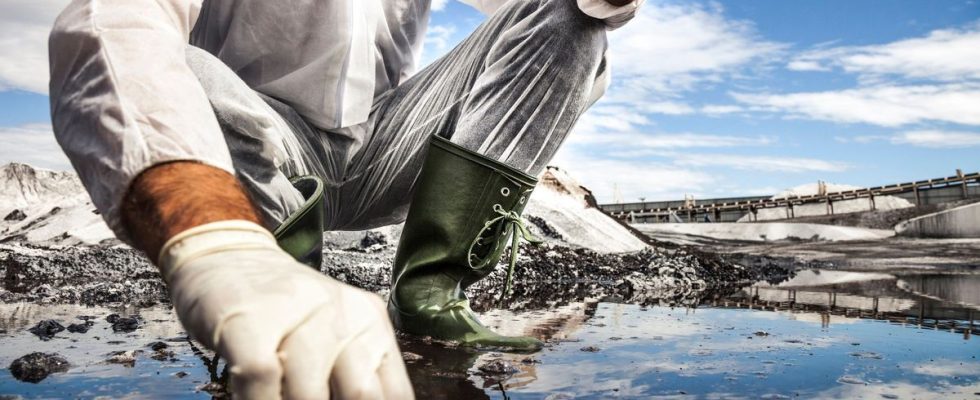Published on
Updated
Reading 2 mins.
Commonly referred to as “eternal pollutants”, PFAS are toxic to the planet, animal species and human health. Omnipresent in the products of our daily life and endowed with a very robust chemical composition, these substances take hundreds of years to degrade.
They are everywhere… or almost. At the start of the year, we hear a lot of talk about “eternal pollutants”. At the end of February, eighteen European editors, including the newspaper Le Monde, joined forces and published the survey “The Forever Pollution Project“. Based on data and the expertise of scientists, journalists have put together a large map that shows the extent of the contamination of eternal pollutants throughout the old continent. But what exactly are we talking about? ?
Present in 36% of rivers, lakes and ponds
Nicknamed PFAS, eternal pollutants refer to perfluoroalkyl and polyfluoroalkyl, chemicals from industrial production. These perfluorinated compounds exist in the thousands and are called “eternal” because of the very long time they take to degrade (we are talking about hundreds or even thousands of years). PFAS are composed of a powerful combination of carbon and fluorine which makes them very resistant indeed. According to the survey carried out by the European media, 21,000 sites throughout Europe are contaminated with PFAS, with levels considered dangerous for the health of those exposed. “The contamination revealed by this project extends to all of Europe“, says the study.
At the beginning of January, another survey carried out by the French association for the defense of the environment Future generations revealed the presence of PFAS in at least 57 French departments. The NGO analyzed 13,000 samples and detected the presence of PFAS in 36% of the rivers, lakes and ponds screened. Eternal pollutants are therefore harmful to the environment… as well as to our health.
Consequences for human and animal health
Mostly from factories, perfluorinated compounds are present in many aspects of our daily lives: paints, varnishes, pesticides, textiles, food packaging, waterproofing agents, Teflon coatings… And according to a study published this week in the journal Environmental Science & Technology Lettersthey would also be present in toilet paper!
Considered as endocrine disruptors, PFAS are increasingly identified in the scientific literature as risk factors for human health. In particular, they would be the cause of certain cancers (testicles, breast, kidneys). Significant and prolonged exposure to PFAS can also promote obesity, raise cholesterol levels or cause complications during pregnancy, including an increased risk of miscarriage or high blood pressure (pre-eclampsia).
But it’s not just humans who are at risk: another survey by the American NGO Environmental Working Group has published an interactive map, revealing that more than 330 animal species worldwide are contaminated with PFAS. This concerns both domesticated, wild, maritime and terrestrial species.
